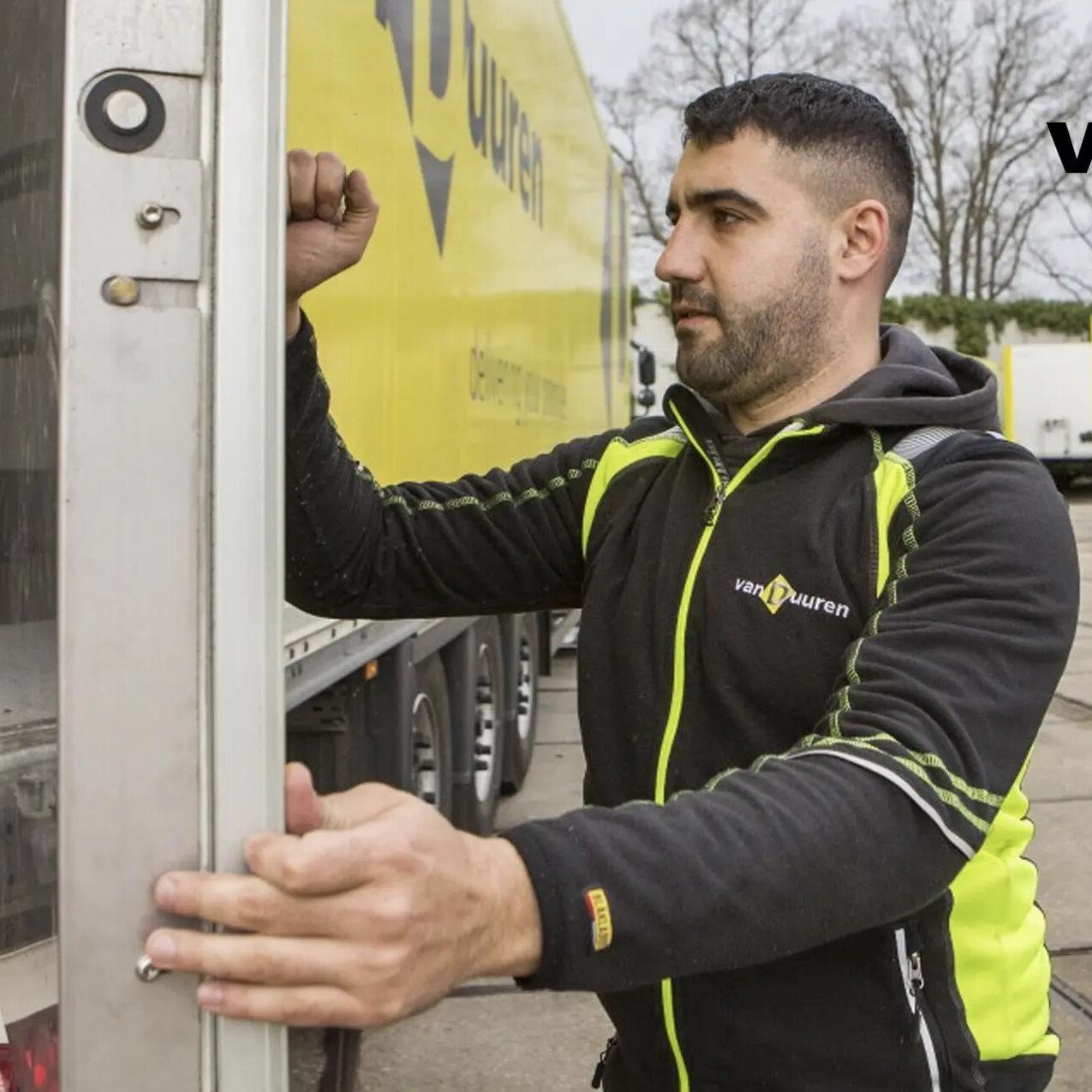A ransomware attack every two seconds in 2031: here's what you can do to prevent attacks

Last year was the year with the most ransomware attacks ever. It hits every eleven seconds and the number of attacks will only increase in the coming years. The financial impact is also greatly increased due to ransom, downtime and recovery costs. In this blog you can read more about what measures you can take against this.
With the world digitizing faster than ever, cybercriminals are ramping up their activities. The number of ransomware attacks has increased by as much as 72 percent since the start of the pandemic. In 2031, an attack will occur every two seconds. Because the Netherlands is one of the most digitized countries in the world, the costs for recovery here are higher than in the rest of the world.
Crypto software and locker ransomware
Hackers often go unnoticed for a long time and during that time they look for the most valuable data. They then install roughly two types of ransomware software to block you and your people from accessing critical data:
- Crypto Software: Encrypts your data.
- Locker ransomware: disables essential computer components such as mouse and keyboard, locking you out.
More and more companies are paying ransom. As a result, they unwittingly provide criminals with the means to attack with even better weapons. Traditionally, hackers ask for relatively low amounts, according to the motto 'many little ones make a big one'. They are now more often targeting targets who are able to transfer millions.
Costs go beyond just ransom
Another trend is that attackers are getting bolder. For example, they paralyze vital infrastructure. They also put sensitive data online. In our country, the personal data and passwords of millions of people have already been made public.
A hack therefore leads to various costs:
- Ransom (In the Netherlands an average of 678,000 euros per incident)
- Fines (the Dutch Data Protection Authority imposes up to 10 million euros for a data breach).
- Repair costs (the average for the Netherlands is approximately 2.3 million euros)
- Downtime (Gartner estimates the damage of this at about 300,000 euros per hour).
- Image damage.
In addition, you can suffer damage because others are affected. A well-known example is the cheese hack. At Albert Heijn, shelves remained empty after an attack on a distributor.
Check your security level regularly
Now that data is more often stored outside the walls of your company, it is important to regularly consider whether your data is optimally protected. An IT scan reveals vulnerabilities that you can remedy with the right tools. Right tools such as firewalls, virus scanners, anti-ransomware and monitoring tools. These reveal abnormalities and suspicious behavior and make it possible to intervene at an early stage.
Zero trust is currently the dominant philosophy when it comes to incident prevention. Nothing or no one is trusted: an identity check is first performed before access is granted to the network.
It is important to be optimally prepared in case you are affected. Smart analytics tools (such as Rubrik Radar) allow you to quickly visualize the scope of an attack. Hackers also target backups. Even if you pay, it remains to be seen whether you really get all your data back. That is why organizations also store copies offline. With the right tools, you also optimally protect backups and only take a few clicks to go back to the last moment before the attack.
Awareness is part of every strategy
An essential part of any security strategy is awareness. Phishing is the most common method of accessing data. If people know the dangers, they are less likely to click on a suspicious link. Also, take practical precautions such as using strong passwords, VPN to secure internet connections, and constantly update software. Another tip: do a backup check regularly. If things go wrong, can you really recover as quickly and completely as stated in the Service Level Agreement? Administrators do not always get around to testing because it requires a lot of actions. That is why you can also choose to do this automatically, for example with automatic recovery tester BART. You can then be sure that a restore will succeed when it is needed.
Of course, not everyone can keep up with all developments and work on security 24/7. That is why BPSOLUTIONS helps you with advice, smart tools and services to protect data. Think of 'ransomware-proof data services' or 'backup & recovery and cloud data protection as a service'. With this we keep your critical IT systems available and you can work on the growth of your company without any worries.
Want to know more about the impact of ransomware? Then download our infographic Ransomware Prevention .
Are you curious about how BPSOLUTIONS protects your organization against ransomware? Please contact us.
Want to make your world a little smarter?
Get in contact with Christiaan Driessen and we will reach out to you.
Related Articles
Overstappen van VMware by Broadcom: noodzaak of kans?
30/10/2025
BPSOLUTIONS & Illumio: Samen voor Zero Trust Security
30/10/2025
Microsoft licenties veranderen: stap slim over en bespaar tot 13%
30/10/2025
Cyberaanval! Ben jij er klaar voor?
1/04/2025
Cybersecurity & Continuïteit: Isolated Recovery Environment as a Service
27/03/2025
Cybersecurity & Continuïteit: BaaS alleen is niet genoeg
25/03/2025
Cyberaanval? De impact is groter dan je denkt
23/03/2025








.png)



